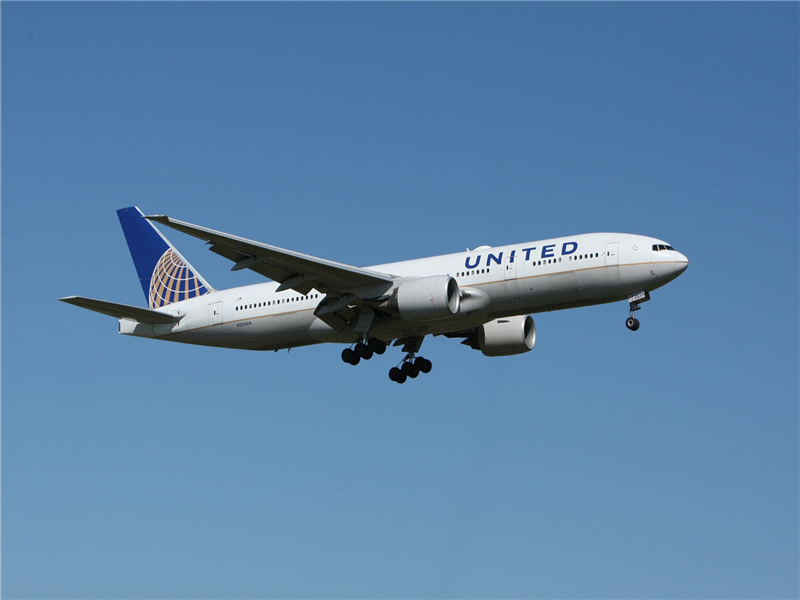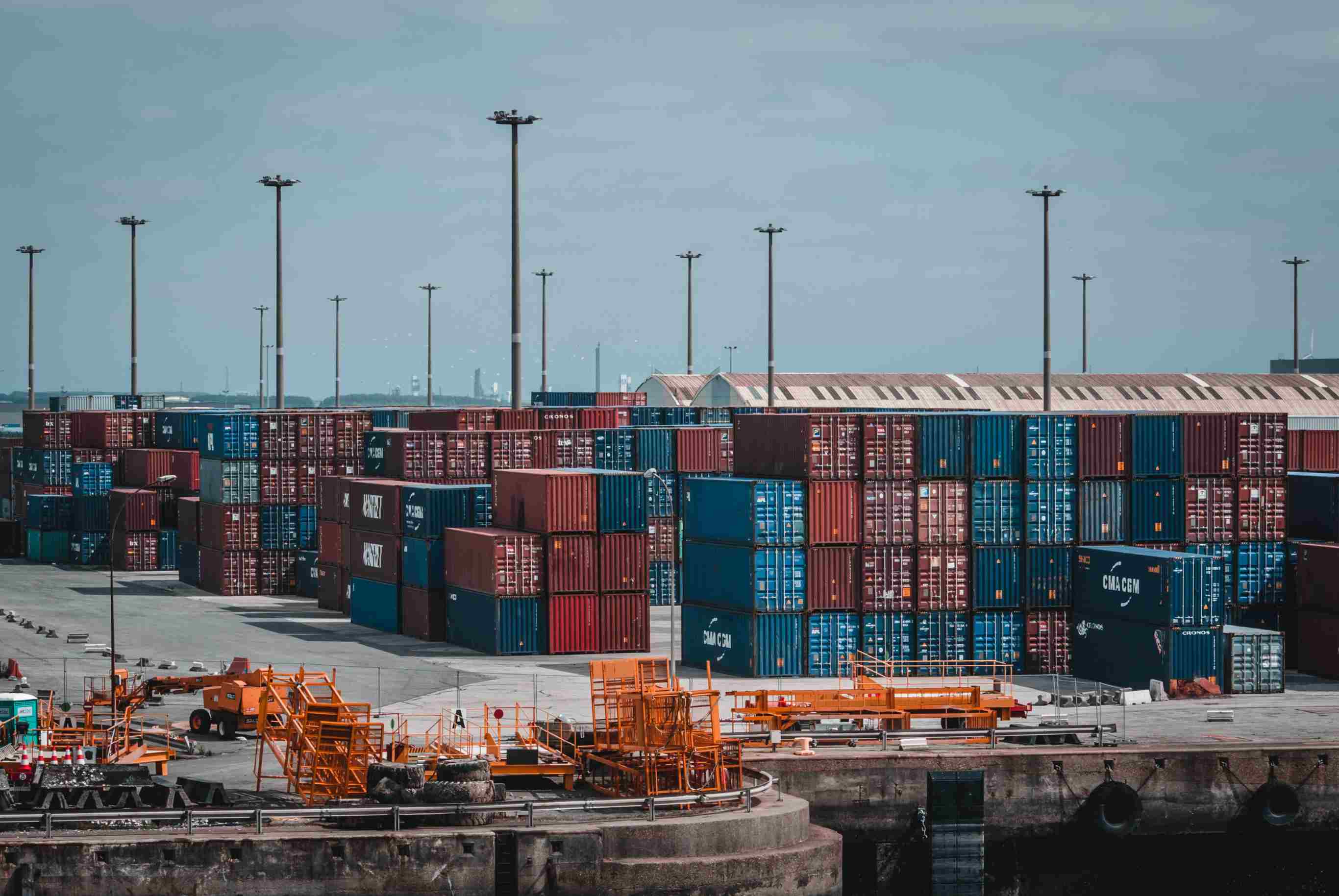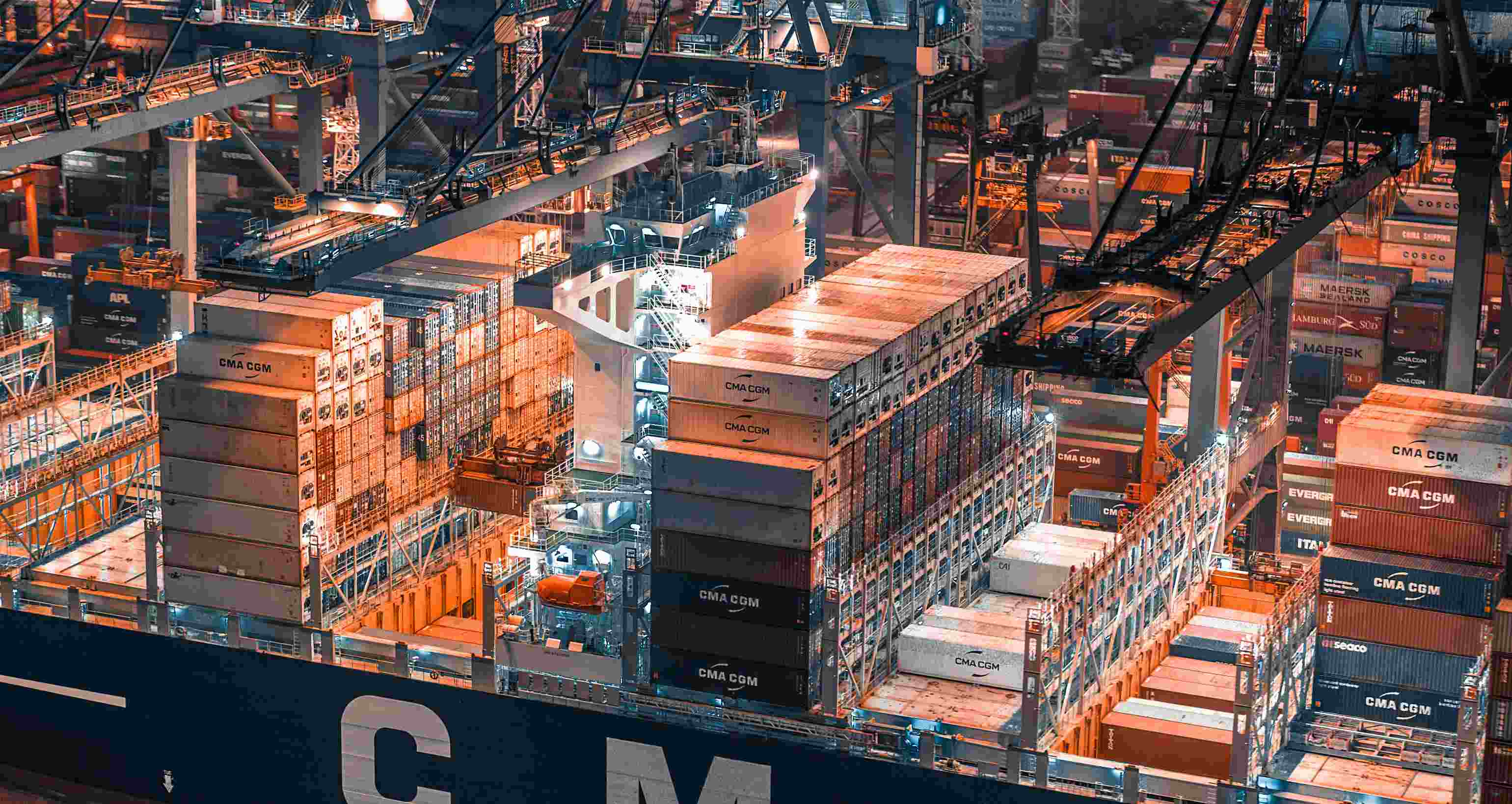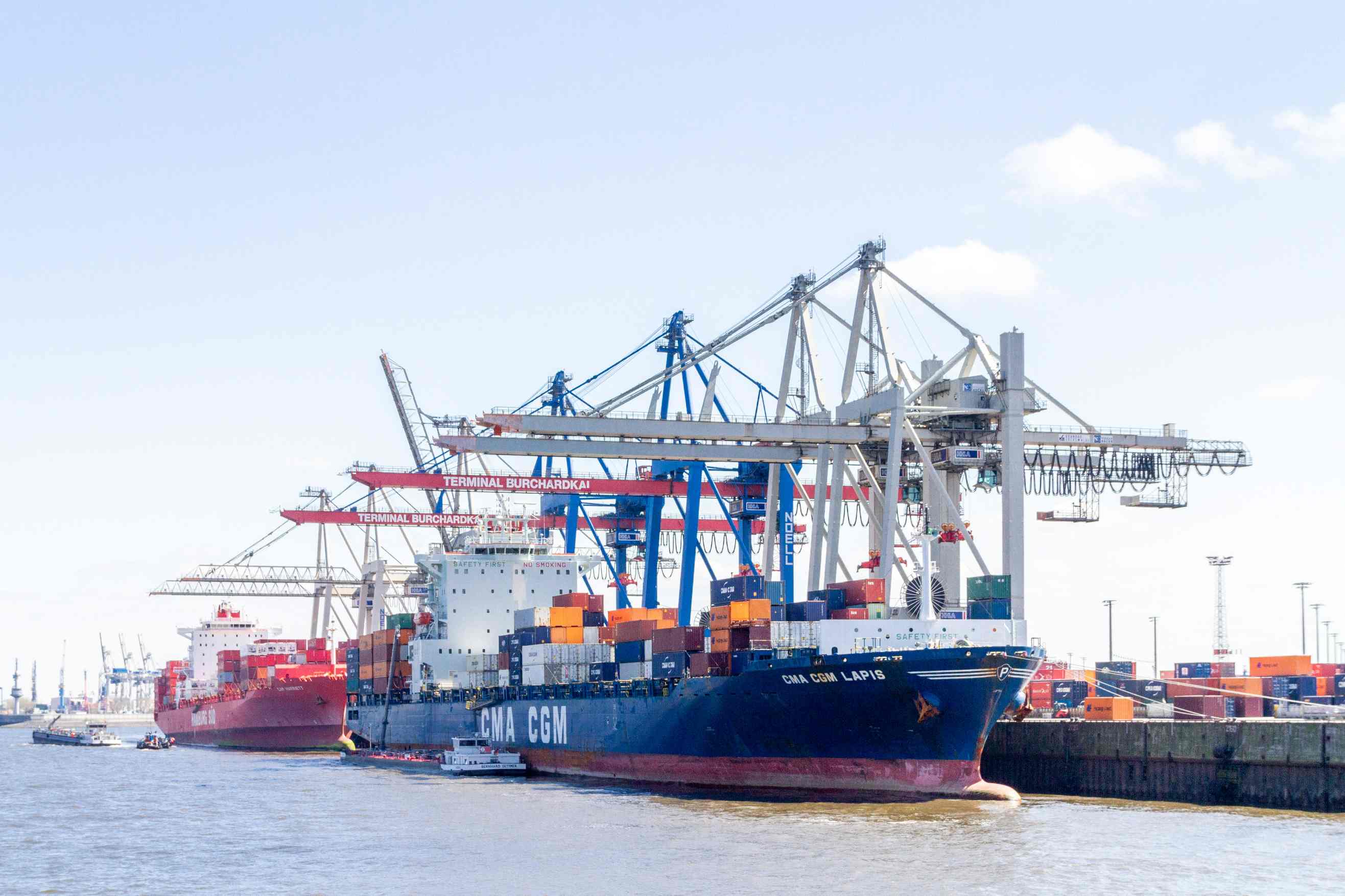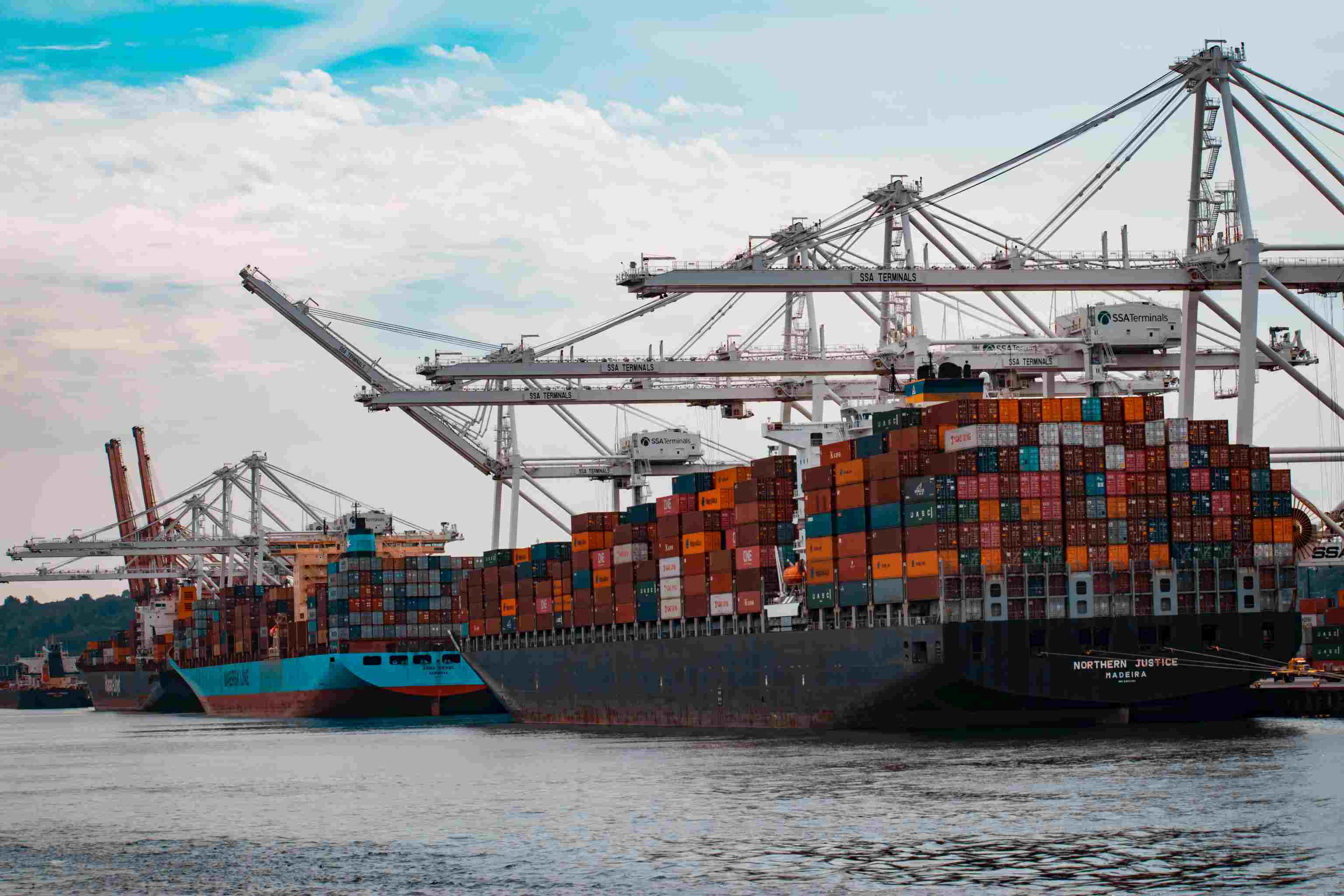In today's globalized economy, the movement of goods across borders is vital for businesses. Within this landscape, air freight stands as a crucial component,
offering speed and efficiency. Particularly, examining the air freight cost from China provides insights into the dynamics of international trade.
Overview of Air Freight Industry
The air freight industry serves as the backbone of global trade, facilitating the transportation of goods ranging from perishable items to high-value electronics. Airlines and freight forwarders play pivotal roles in
managing this intricate supply chain, ensuring timely delivery and optimal routing.
Importance of Air Freight from China
China has emerged as a manufacturing powerhouse, producing a diverse range of goods for export. Given its geographical distance from key markets, air freight becomes essential for
meeting tight deadlines and fulfilling urgent orders. Moreover, China's robust infrastructure supports a well-established air cargo network, further enhancing its significance in international trade.
Factors Affecting Air Freight Cost
Distance and Route
The distance between origin and destination significantly influences air freight costs. Longer routes entail higher expenses due to
increased fuel consumption and operational complexities. Additionally, factors such as airspace restrictions and geopolitical tensions can impact route selection, affecting pricing dynamics.
Weight and Volume of Cargo
The weight and volume of cargo directly affect air freight costs. Airlines utilize a metric called chargeable weight, which considers
either the actual weight or volumetric weight—whichever is higher. Therefore, optimizing cargo packaging and reducing empty spaces within shipments can lead to cost savings.
Fuel Prices and Market Conditions
Fluctuations in fuel prices and overall market conditions exert considerable influence on air freight costs.
Volatile oil prices directly impact operating expenses for airlines, subsequently affecting freight rates. Moreover, demand-supply dynamics within the air cargo industry contribute to pricing variations, necessitating adaptability from shippers and logistics providers.
Comparison with Other Shipping Methods
Air Freight vs. Sea Freight
While air freight offers unparalleled speed, sea freight provides cost-efficiency for transporting bulk goods. The decision between the two hinges on factors such as
shipment urgency, budget constraints, and the nature of the cargo. Additionally, sea freight often involves longer transit times but may offer competitive rates for certain trade lanes.
Air Freight vs. Rail Freight
Rail freight presents a middle ground between air and sea transport, offering
faster delivery than ocean shipping at lower costs compared to air freight. However, rail infrastructure limitations and geographical constraints may restrict its applicability, particularly for long-distance shipments originating from China.
Air Freight vs. Trucking
Trucking serves as a viable option for domestic or regional transport, offering flexibility and accessibility. However, air freight surpasses trucking
in terms of speed and global reach, making it the preferred choice for time-sensitive shipments requiring international delivery.
Strategies to Reduce Air Freight Costs
Consolidation of Shipments
Consolidating multiple shipments into larger, single loads can yield significant cost savings in air freight.
By maximizing cargo capacity utilization, shippers can negotiate favorable rates with carriers and optimize routing efficiency. Moreover, consolidation minimizes handling and administrative expenses, further enhancing cost-effectiveness.
Negotiating Rates with Carriers
Effective negotiation with airlines and freight forwarders is essential for securing competitive air freight rates. Shippers should leverage market insights, volume commitments, and long-term partnerships to
negotiate favorable pricing agreements. Additionally, exploring alternative routes and service options can uncover hidden cost-saving opportunities.
Optimize Packaging and Loading
Efficient packaging and loading practices play a crucial role in mitigating air freight costs. By minimizing excess packaging materials and optimizing cargo dimensions, shippers can
reduce volumetric weight and enhance cargo density. Furthermore, adopting standardized packaging formats and employing load optimization software can streamline handling processes and minimize transportation expenses.
Future Trends and Outlook
Impact of Technological Advancements
Technological innovations such as blockchain, IoT, and AI are poised to revolutionize the air freight industry. These advancements offer enhanced visibility, efficiency, and security throughout the supply chain,
driving down operational costs and improving customer experiences. Additionally, drone technology holds promise for last-mile delivery, further optimizing air cargo logistics.
Sustainability Initiatives in Air Freight
Environmental sustainability is gaining traction within the air freight sector, driven by regulatory pressures and corporate social responsibility initiatives. Airlines are investing in fuel-efficient aircraft and alternative fuels to
reduce carbon emissions and mitigate environmental impact. Moreover, the adoption of eco-friendly packaging materials and optimized routing strategies contributes to sustainable practices in air freight.
Potential Market Shifts and Opportunities
The evolving geopolitical landscape and changing consumer preferences are poised to reshape global trade dynamics. Shifts in trade policies, such as tariffs and trade agreements, can
influence sourcing strategies and supply chain decisions for businesses operating in China. Additionally, emerging markets and growing e-commerce demand present new opportunities for air freight providers, driving innovation and market expansion.
Conclusion
Analyzing the air freight cost from China offers valuable insights for businesses navigating the complexities of international trade. By understanding the factors influencing pricing dynamics, adopting cost-saving strategies, and anticipating future trends, stakeholders can effectively manage their air cargo logistics and capitalize on growth opportunities in the global marketplace.
